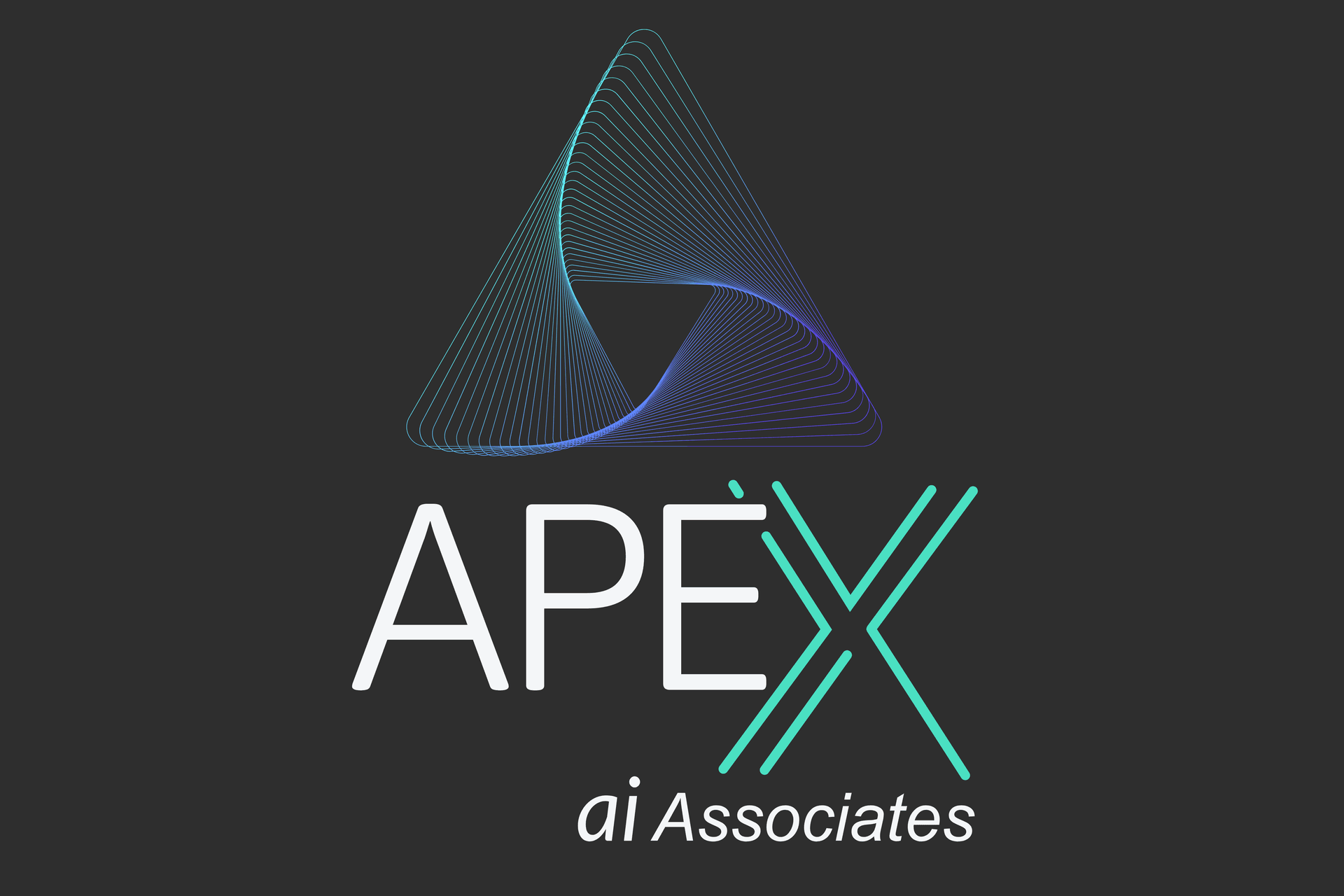Comparing AI Trends: What Sets Leading Strategies Apart?
Introduction to AI Trends
In the rapidly evolving landscape of artificial intelligence, staying ahead of the curve is crucial for businesses looking to leverage AI technologies effectively. As AI continues to permeate various sectors, understanding the current trends and what sets leading strategies apart can provide a competitive edge. This blog post delves into the key AI trends shaping the industry and analyzes what distinguishes successful AI strategies.
Trend 1: Adoption of AI in Automation
The integration of AI in automation processes is a significant trend reshaping industries. From manufacturing to customer service, AI-driven automation improves efficiency and reduces human error. Companies that lead in this trend are those that seamlessly integrate AI with existing systems, allowing for a smooth transition and minimal disruption.

Furthermore, these companies prioritize scalability, ensuring that their AI solutions can grow with their business needs. By focusing on adaptability, businesses can maintain consistent performance as they expand operations or introduce new product lines.
Trend 2: Enhanced Personalization
Another prominent trend is the use of AI to deliver highly personalized customer experiences. Leveraging data analytics, AI systems can tailor recommendations and marketing efforts to individual preferences, thus enhancing customer engagement. Companies that excel here often utilize real-time data processing to provide up-to-the-minute personalization.
These businesses also emphasize transparency in data usage, building trust with consumers by clearly communicating how their data is used to improve services. This approach not only boosts customer satisfaction but also fosters long-term loyalty.

Trend 3: Focus on Ethical AI
The ethical implications of AI are increasingly at the forefront of discussions around technology adoption. Leading companies in this area are committed to developing AI systems that are both fair and unbiased. They implement robust frameworks for ethical AI use, ensuring compliance with privacy regulations and promoting transparency.
By adopting these ethical practices, businesses not only mitigate risk but also enhance their brand reputation. Consumers are becoming more conscious of ethical considerations, and companies that prioritize these values position themselves as industry leaders.

Trend 4: AI and Human Collaboration
Rather than viewing AI as a replacement for human workers, leading strategies focus on collaboration between AI and humans. This trend emphasizes augmenting human capabilities with AI tools to improve productivity and innovation. Organizations fostering this collaboration often invest in training programs that equip employees with the skills needed to work alongside AI technologies effectively.
This approach not only maximizes the potential of AI systems but also empowers employees, leading to higher job satisfaction and retention rates.
Conclusion: Crafting a Leading AI Strategy
In conclusion, while multiple trends are shaping the future of AI, the strategies that set industry leaders apart are those that prioritize integration, personalization, ethics, and collaboration. By focusing on these key areas, businesses can harness the full potential of AI technologies, driving innovation and achieving sustainable growth. As the field continues to evolve, staying informed about these trends will be essential for maintaining a competitive edge.
